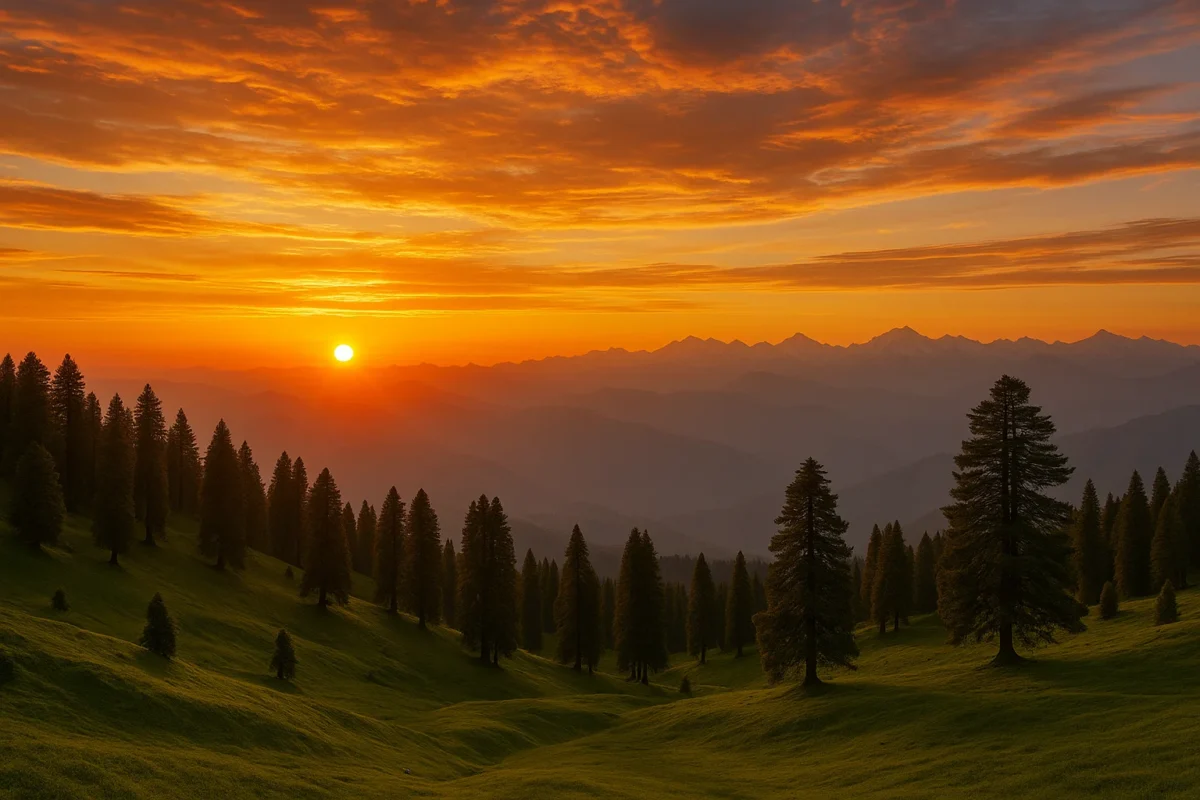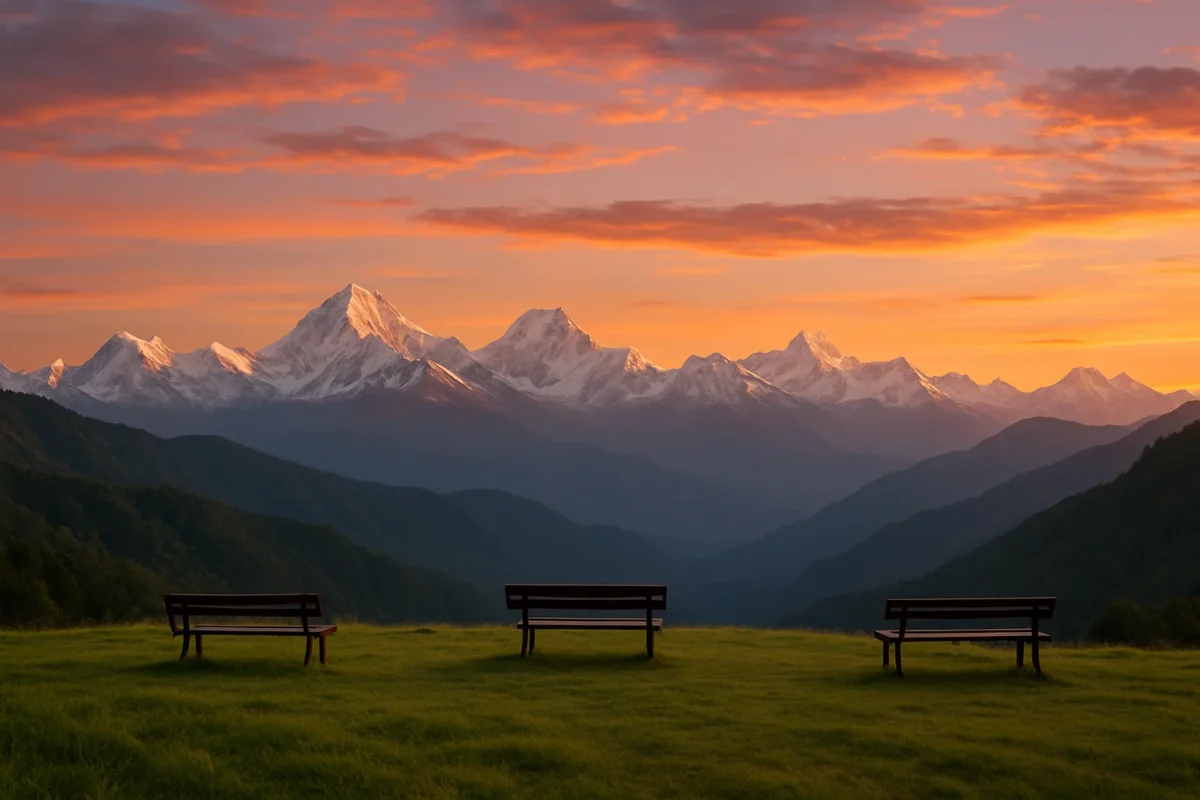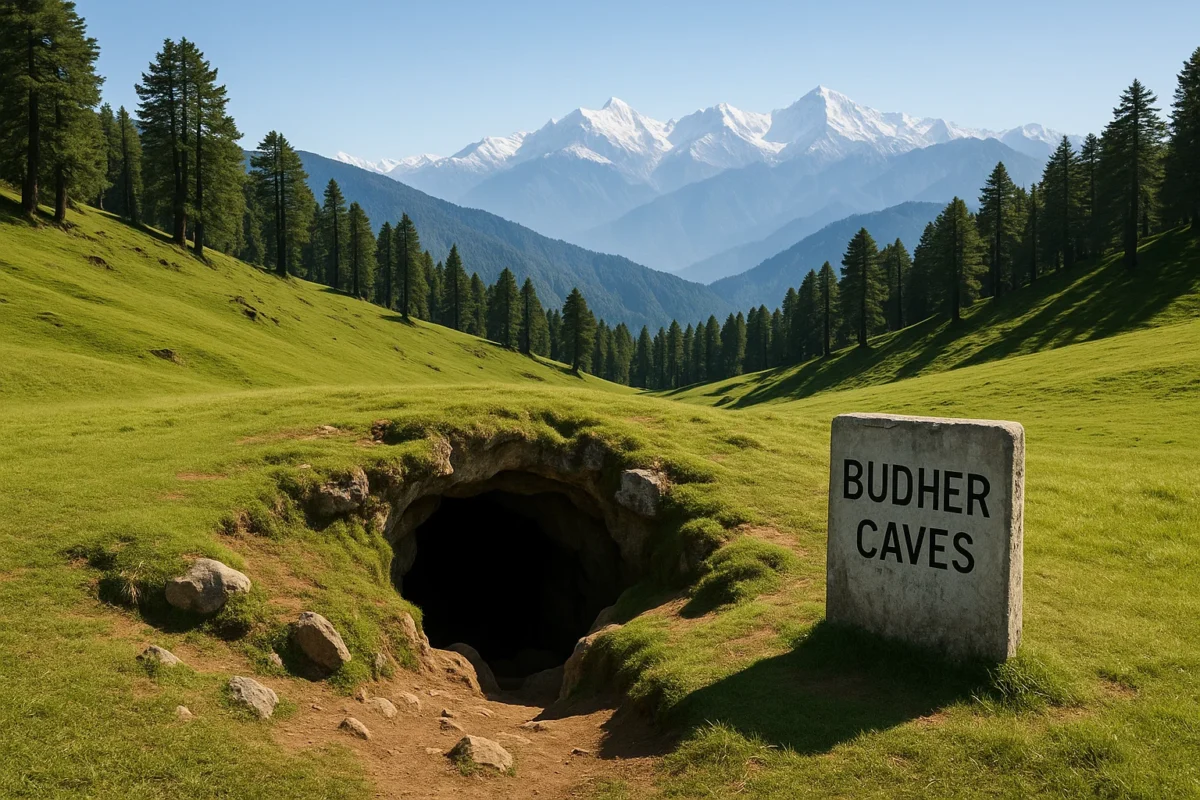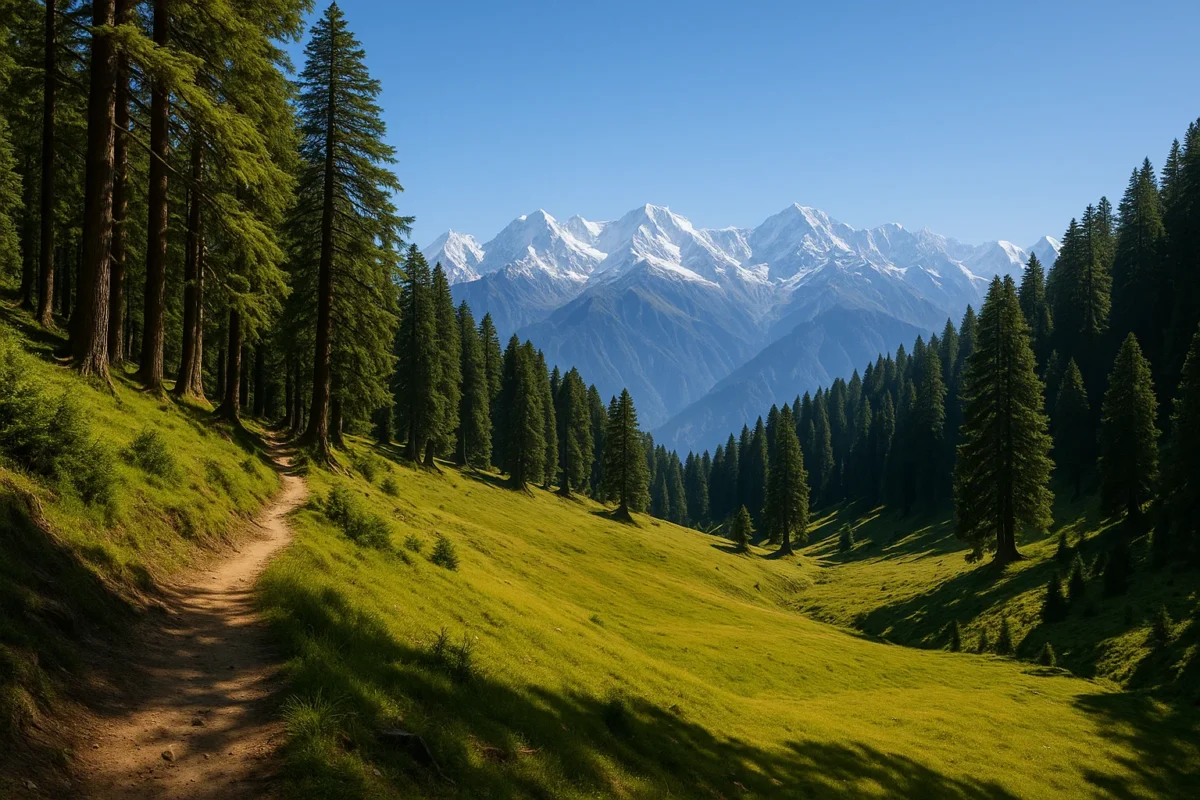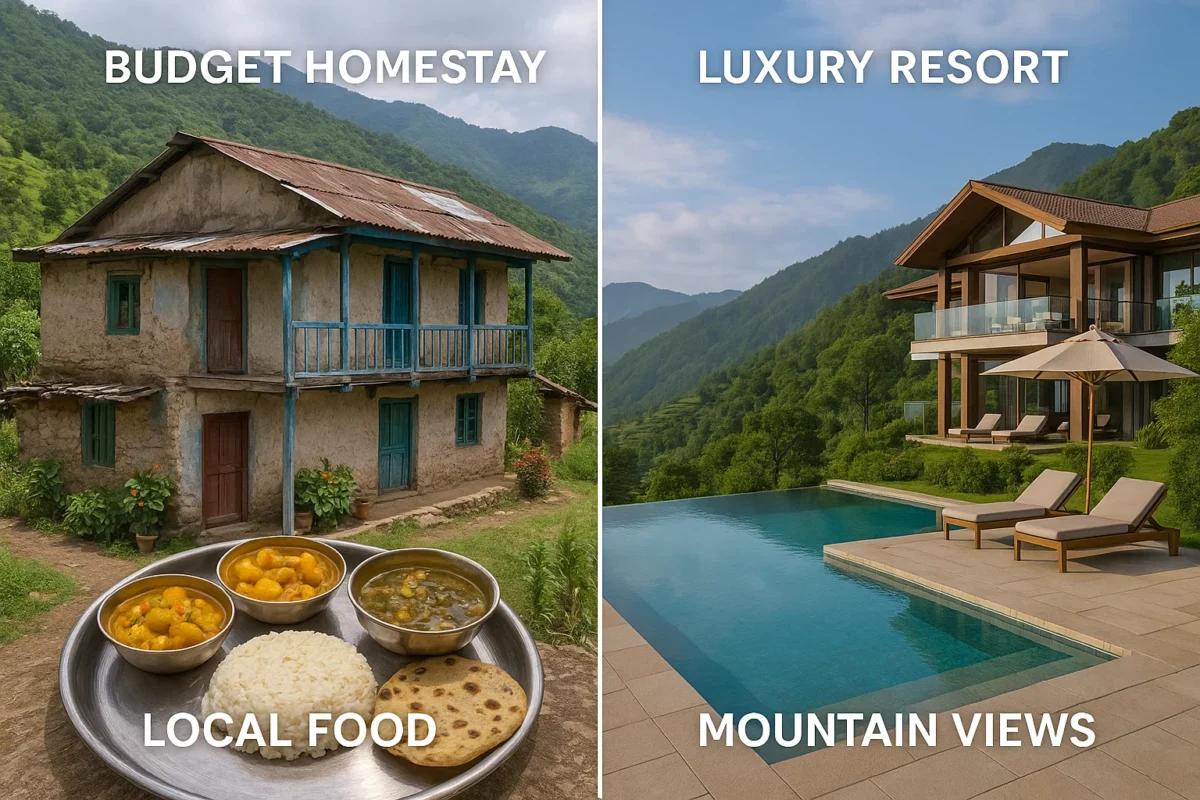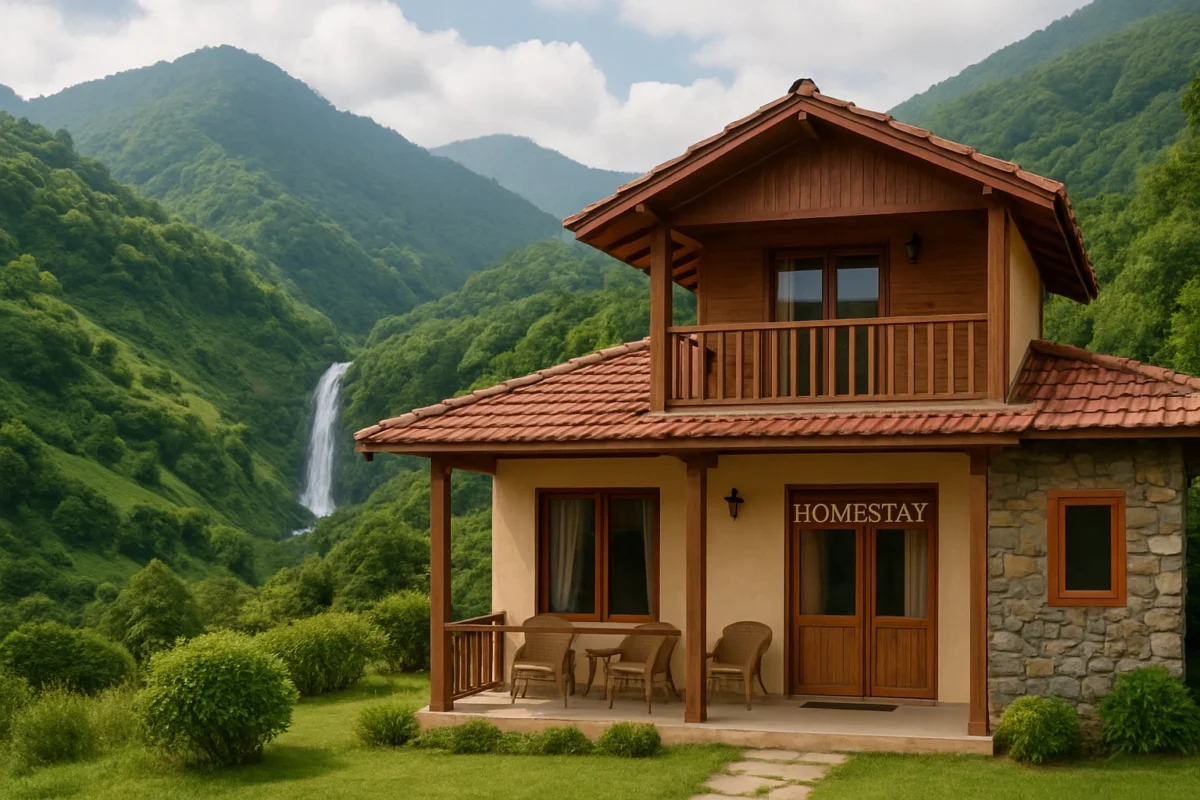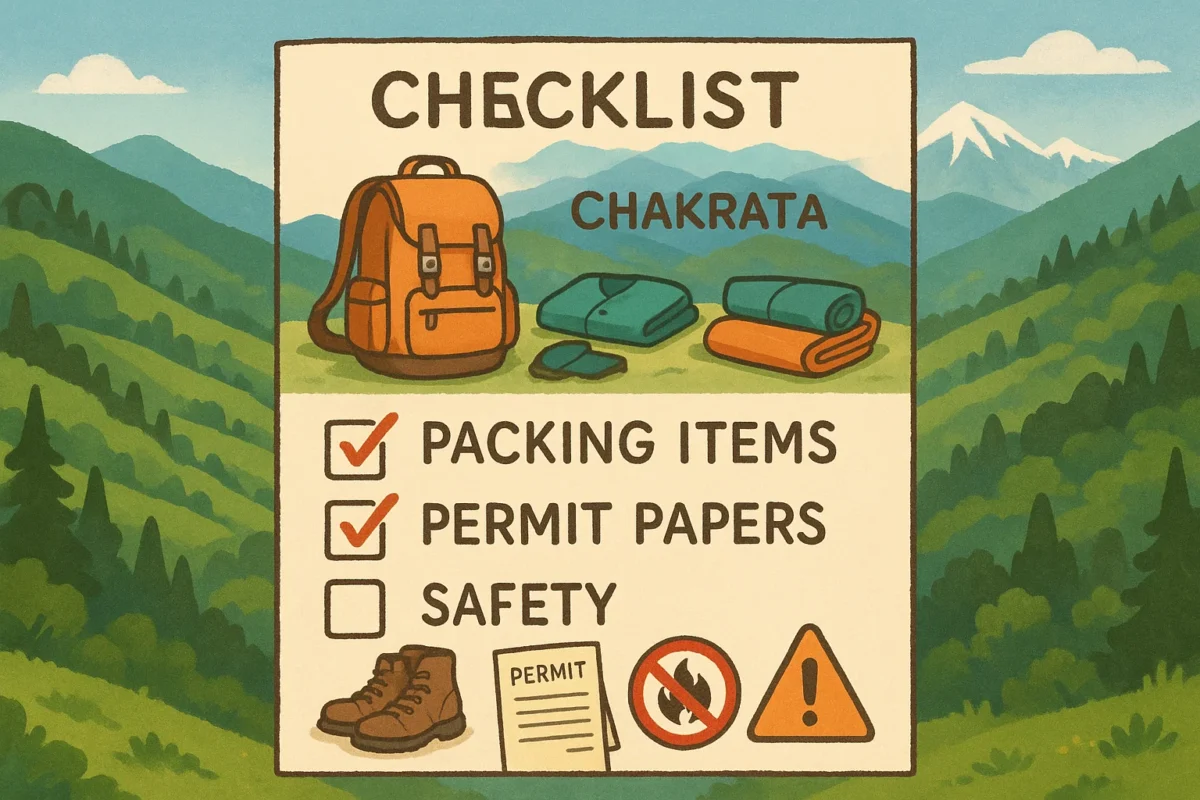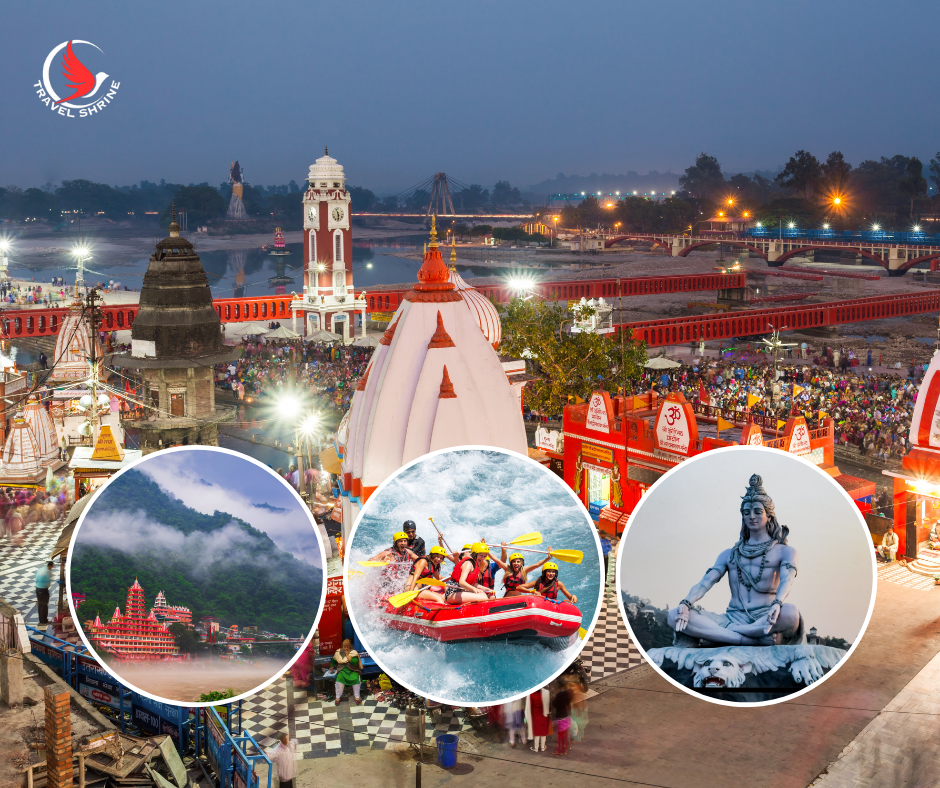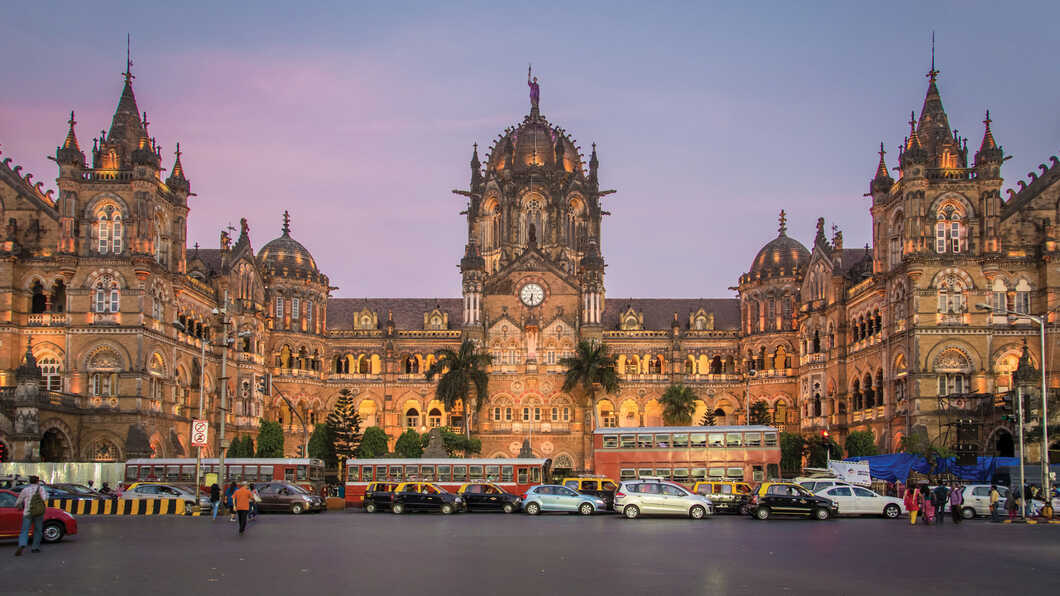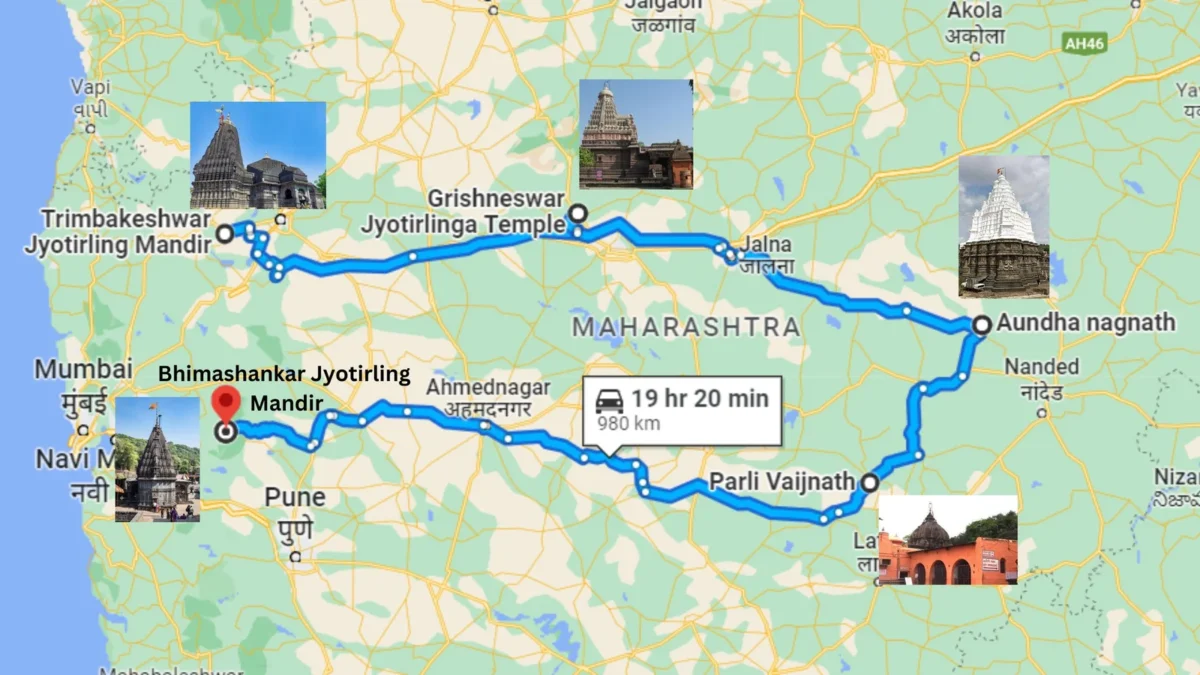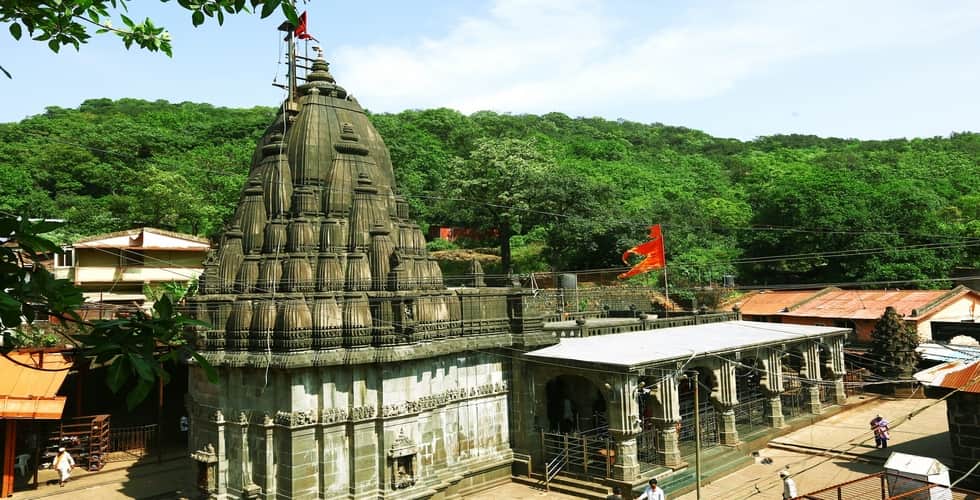Lakhamandal Temple Chakrata – Ancient Spiritual Site
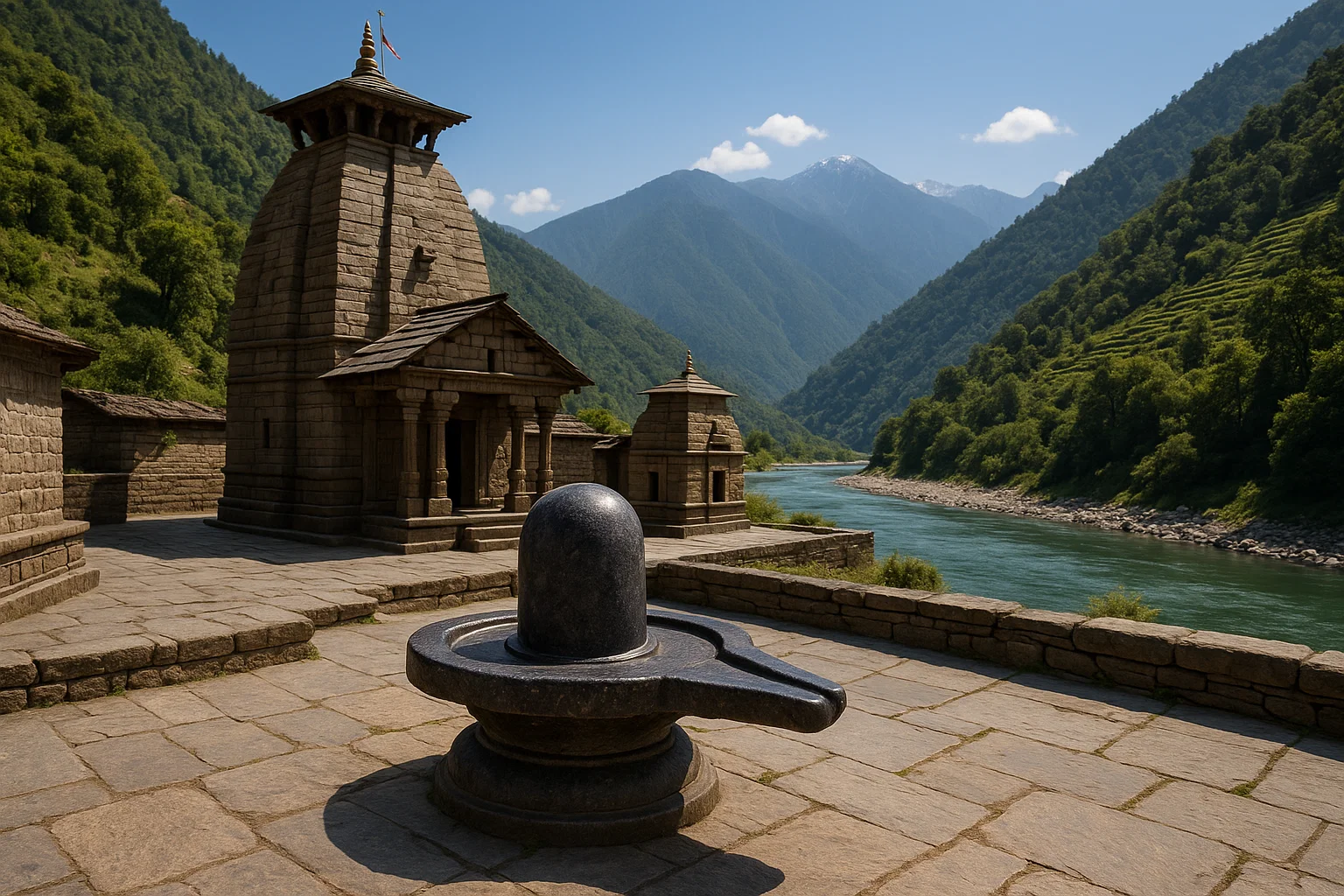
Hey, have you ever heard of a place so old it feels like it’s hiding secrets from ancient times? That’s Lakhamandal Temple for you, tucked away in the quiet hills of Chakrata, Uttarakhand. I came across this spot while digging into offbeat travel destinations, and man, it’s got this vibe that’s both peaceful and mysterious. It’s a Hindu temple dedicated to Lord Shiva, sitting at about 1,350 meters above sea level, right by the Yamuna River. Locals and travelers say it’s one of the oldest Shiva temples, with stories linking it to the Mahabharata – you know, the epic where the Pandavas dodged a fiery trap?
This place isn’t just about spirituality; it’s got history, myths, and some cool archaeology too. Think graphite lingams that shine when wet, ancient statues, and tales of divine blessings. It’s about 35 km from Chakrata, making it a great day trip if you’re in the area. In this blog, I’ll walk you through why Lakhamandal is special, how to get there, what to see, and tips for visiting in 2025. I’m keeping it simple, like we’re chatting over chai, with tables to make planning easy. It’s over 1,500 words, SEO-friendly, and packed with unique info for pilgrims, history nerds, or anyone wanting a calm getaway. Ready to dive into this ancient gem? Let’s go!
I mean, just thinking about standing where the Pandavas might’ve been gives me chills. A friend who visited said it’s like stepping into a history book, but with this serene energy. Let’s explore what makes Lakhamandal so cool.

Why Visit Lakhamandal Temple?
So, why make the trip to Lakhamandal? For one, it’s not your usual tourist spot – it’s quiet, with fewer crowds than places like Haridwar. The temple’s history goes back to at least the 5th-6th century, built by Princess Ishwara for her husband’s soul, according to a stone inscription. That’s old, right? It’s tied to the Mahabharata too – locals believe this is where Duryodhana tried to burn the Pandavas in a wax house called Lakshagriha. Spoiler: they escaped through a cave nearby, which you can still visit.
The temple’s got this unique graphite Shiva lingam that sparkles when you pour water on it, and some say it shows your reflection – almost magical. There are also two statues, Danav and Manav, at the entrance. Some think they’re Pandavas like Bhima and Arjuna, but the Archaeological Survey of India (ASI) says they might be Jai and Vijay, Vishnu’s gatekeepers. Either way, they’re super old and add to the mystery. The temple’s Nagara-style architecture, with its carved stones and shikhara (tower), is a treat for anyone who loves old buildings.
Spiritually, it’s big for Shiva devotees. People believe visiting cleanses sins and brings blessings, especially during Maha Shivratri. The vibe is calm, with the Yamuna flowing nearby and mountains all around. It’s perfect for a spiritual day out or just soaking in history. Plus, it’s budget-friendly – no fancy fees. In 2025, with more folks seeking unique spots, Lakhamandal’s a must. It’s like finding a piece of ancient India that’s still alive.
History and Legends of Lakhamandal
Okay, let’s get into the juicy stuff – the stories. The name “Lakhamandal” comes from “lakha” (many) and “mandal” (temples or lingams). They say this place once had tons of Shiva lingams, and ASI digs have found lots of them, big and small, around the site. The temple we see today is from the 12th-13th century, but there’s evidence of older structures from the 5th-8th century. A 6th-century inscription says Princess Ishwara, from the Singhpura royal family, built it for her husband Chandragupta, son of a Jalandhar king. That’s some royal devotion.
The Mahabharata connection is huge. Legend says this is where Duryodhana plotted to trap the Pandavas in a flammable house – the Lakshagriha. But the Pandavas, being clever, escaped through a secret tunnel to a cave called Dhundi Odaari, about 2 km away. Locals also talk about a ritual where the dead were placed before the Danav and Manav statues, and they’d briefly come back to life before passing on. Creepy but fascinating, right? Some say the graphite lingam, which reflects like a mirror, ties to these mystical beliefs.
There’s also a story about the temple housing the world’s first Shivlinga, born from a divine clash between Brahma and Vishnu, as per the Ling Purana. Whether you buy the myths or not, they make the place feel alive. ASI has preserved broken statues and carvings, some from the Gupta period, showing how important this spot was centuries ago. It’s like a history lesson you can walk through.
How to Reach Lakhamandal Temple
Getting to Lakhamandal is pretty straightforward, but it’s a bit off the beaten path. It’s 35 km from Chakrata, on the Mussoorie–Yamunotri road, past Kempty Falls. From Chakrata, grab a taxi (₹500-800, 1-1.5 hours) or a local bus (₹50-100). The road’s scenic but narrow, so drive carefully if you’re in your own car. Parking’s available near the temple for ₹50-100.
From Dehradun, it’s about 128-180 km, depending on the route (4-6 hours). Take a bus to Chakrata (₹200-300) or a taxi (₹2,000-3,000), then switch to a local ride. Jolly Grant Airport in Dehradun is the closest if you’re flying (130 km, taxi ₹2,500-3,500). From Delhi, it’s a 430 km drive (10-11 hours via NH 507) or a train to Dehradun (5-6 hours, ₹300-1,000) plus road. Haridwar’s 180 km away, about 5-6 hours by bus or taxi.
The temple’s in Jaunsar-Bawar, a hilly region, so roads can be bumpy. In 2025, check for road updates, especially in monsoon. A short 15-20 minute walk from the village gets you to the temple if you park early. Carry ID for border checks.
Here’s a table to simplify:
|
Starting Point |
Distance (km) |
Travel Time |
Best Way |
|---|---|---|---|
|
Chakrata |
35 |
1-1.5 hours |
Taxi/Bus |
|
Dehradun |
128-180 |
4-6 hours |
Bus + Taxi |
|
Delhi |
430 |
10-11 hours |
Train + Taxi |
|
Haridwar |
180 |
5-6 hours |
Bus + Taxi |
|
Mussoorie |
75-100 |
2-3 hours |
Taxi |
Pro tip: Use Google Maps and book taxis ahead in Chakrata.
Best Time to Visit Lakhamandal Temple in Chakrata
Timing your visit depends on what you want. March to June (summer) is great – temps are 15-30°C, roads are clear, and the area’s green. Perfect for exploring without sweating too much. September to November (autumn) is another good pick – 10-20°C, clear skies, and fewer people. Maha Shivratri (Feb-March) brings crowds for Shiva.bing blessings, so book stays early.
Monsoon (July-Aug) makes the Yamuna River look amazing, but roads get slippery, and rain can mess with plans. Winter (Dec-Feb) is cold (0-15°C), with possible snow, which is pretty but needs warm gear. The temple’s open daily, 6 AM to 6 PM, but festivals might change hours.
Table for seasons:
|
Season |
Months |
Temp (°C) |
Conditions |
Notes |
|---|---|---|---|---|
|
Summer |
March-June |
15-30 |
Warm, clear |
Best for easy travel |
|
Monsoon |
July-Aug |
15-25 |
Rainy, lush |
Slippery roads |
|
Autumn |
Sept-Nov |
10-20 |
Coolxing |
Great for photos |
|
Winter |
Dec-Feb |
0-15 |
Cold, snowy |
Dress warm |
March-June or Sept-Nov are safest bets. A local guide told me summer’s vibe is unbeatable for first-timers.
What to See and Do at Lakhamandal Temple
There’s plenty to keep you busy. The main draw is the graphite Shiva lingam – pour water and see it shine. Offer prayers or meditate for a peaceful moment. Check out the Danav and Manav statues; they’re huge and have that ancient feel. ASI’s museum nearby has old sculptures and lingams from digs – super cool for history fans.
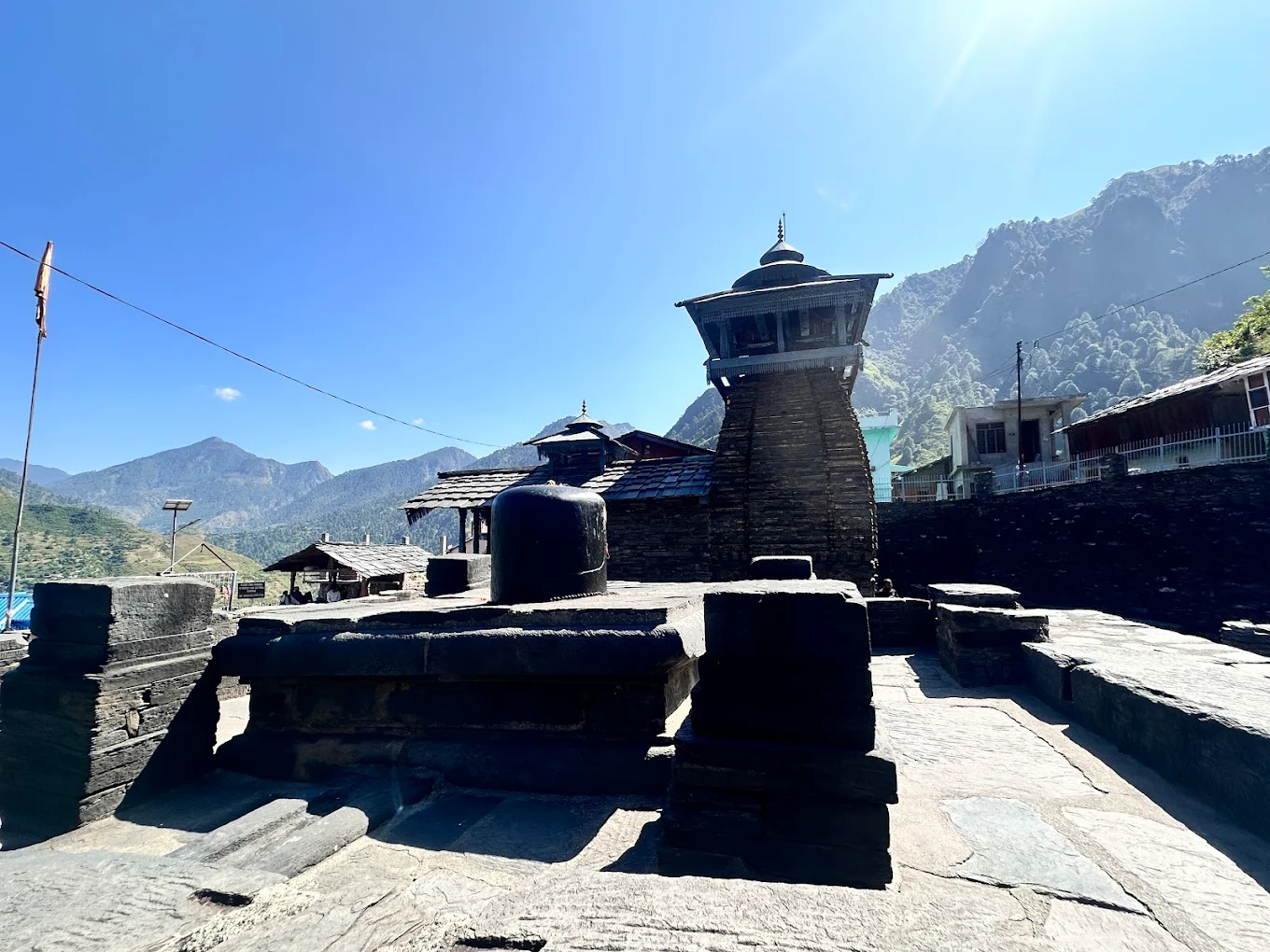
Walk around the temple complex to spot carvings from the Gupta period. The Yamuna River is close, so sit by it for some calm. Visit the Dhundi Odaari cave (2 km away) for the Pandava escape story. Maha Shivratri has special rituals, with women praying for fertility and locals decorating the temple. Photography’s okay, but respect prayer spaces. Combine with nearby spots like Chakrata (35 km) or Kempty Falls (50 km) for a full day.
Activity table:
|
Activity |
Time Needed |
Best For |
Tips |
|---|---|---|---|
|
Temple Prayer |
20-30 min |
Spiritual seekers |
Dress modestly |
|
Lingam Viewing |
10-15 min |
All visitors |
Try the water pour |
|
ASI Museum |
30-45 min |
History buffs |
Small entry fee |
|
Cave Visit |
1 hour |
Adventure seekers |
Short trek, guide helps |
|
River Walk |
30 min |
Relaxation |
Stay safe near water |
You’ll want 2-3 hours here, more if you add the cave.
Tips for Visiting Lakhamandal Temple in Chakrata
Here’s the practical stuff. Wear modest clothes – cover shoulders and knees for respect. Comfy shoes for the short walk from parking. Bring water, snacks (no stalls nearby), and cash for small fees (entry’s free or ₹20-30). A guide (₹300-500) can share stories, especially about the Mahabharata.
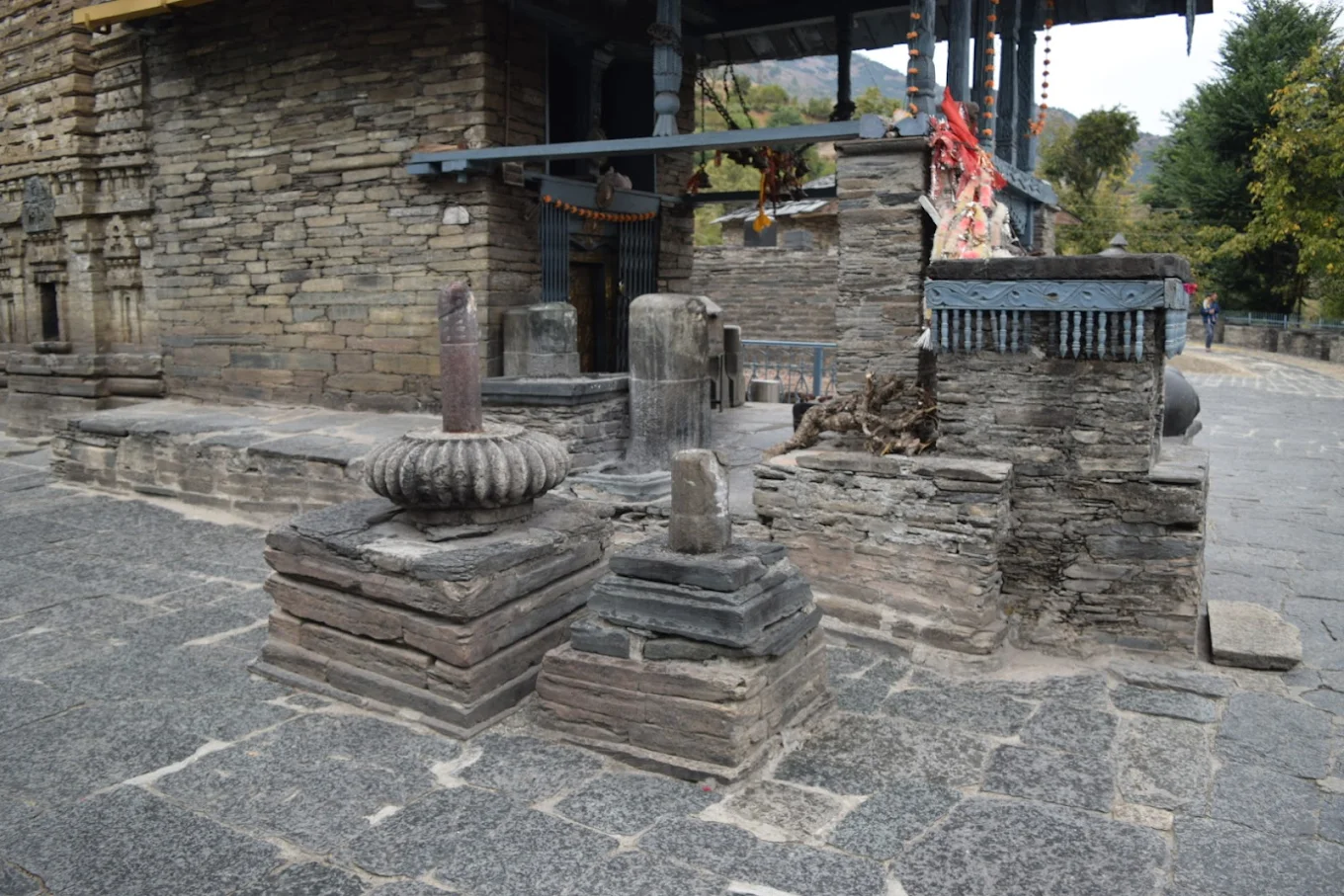
Don’t litter – keep the temple clean. Monsoon means umbrellas; winter needs jackets. Photography’s fine but avoid prayer times. If visiting during Maha Shivratri, expect crowds and book transport early. Stay in Chakrata (hotels like Snow View, ₹1,000-3,000). Budget for a day trip: ₹1,500-3,000 for two, including travel. Emergency numbers: police 100, ambulance 108.
Safety table:
|
Category |
Tips |
|---|---|
|
Clothing |
Modest, comfy shoes |
|
Packing |
Water, snacks, cash |
|
Safety |
Avoid dusk walks, group travel |
|
Budget |
₹50 entry, ₹500 taxi |
|
Respect |
No litter, quiet during prayers |
These make your visit smooth and respectful.
Nearby Attractions of Lakhamandal Temple in Chakrata
Lakhamandal pairs well with other spots. Tiger Falls (18 km) for a waterfall picnic. Deoban (12 km) for forest walks. Budher Caves (15 km) for caves. Ram Tal Garden (8 km) for nature. Yamunotri (50-100 km) for a pilgrimage.
Nearby table:
|
Attraction |
Distance (km) |
Highlights |
|---|---|---|
|
Tiger Falls |
18 |
Waterfall, trek |
|
Deoban |
12 |
Forests, views |
|
Budher Caves |
15 |
Ancient caves |
|
Ram Tal Garden |
8 |
Picnics, flora |
|
Yamunotri |
50-100 |
Char Dham site |
Plan a 2-day trip to cover more.
Conclusion
Lakhamandal Temple in Chakrata is a hidden treasure – ancient, spiritual, and full of stories. From its Mahabharata legends to the shining Shiva lingam, it’s a place that feels timeless. Easy to reach from Chakrata or Dehradun, it’s best in summer or autumn. Use the tables to plan, pack light, and soak in the peace. Whether you’re praying, exploring history, or just chilling by the Yamuna, it’s a trip worth taking in 2025. Go feel the magic of this ancient spot!

